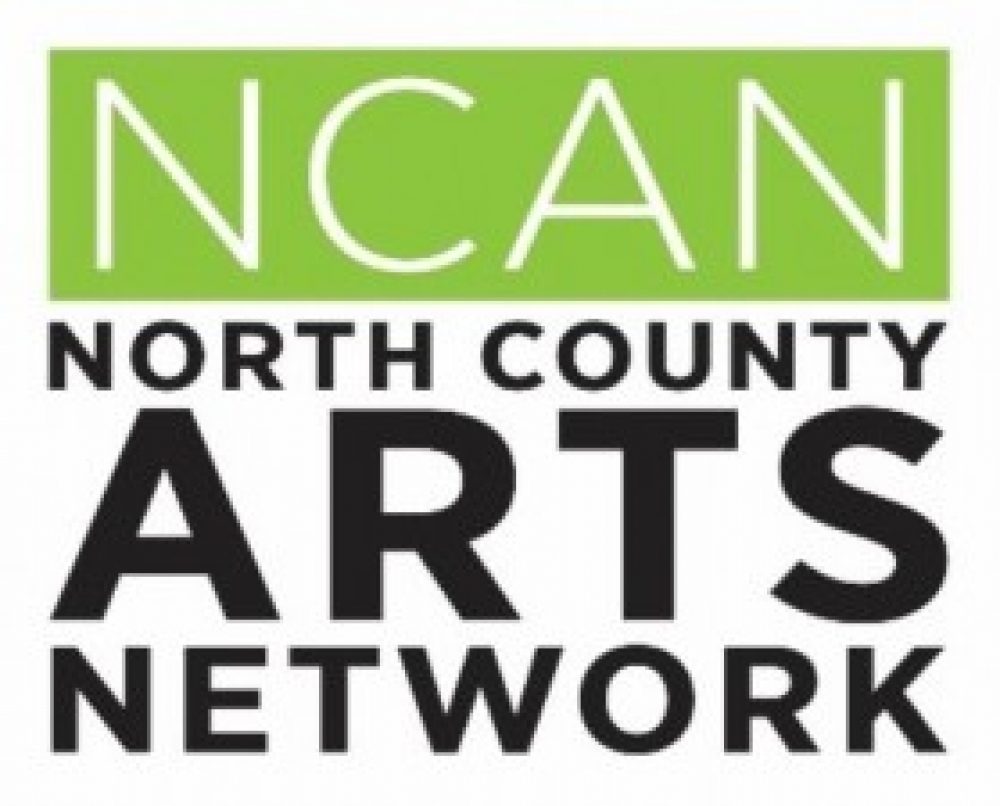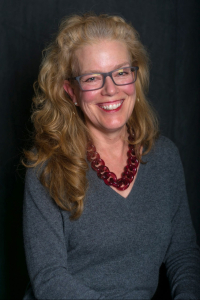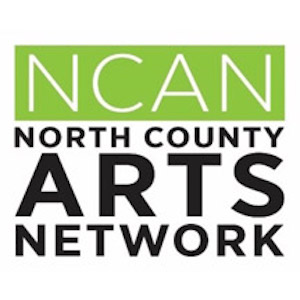California Arts Council Director Anne Bown-Crawford. Photo by Mia Shope.
From the director’s chair: An interview with the CAC’s Anne Bown-Crawford
Just before the new year, we got some great news: Governor Jerry Brown had appointed a new director to head up the CAC, Anne Bown-Crawford. Anne is a champion for arts education in California and a leading arts advocate with a sphere of influence stretching from her local school district in Humboldt County to the international stage.
Anne’s been with us for nearly a month now, and the Council and staff have been delighted to work with her and get to know her better. Now it’s time to dish a little deeper to you! We asked Anne a handful of questions to shine more light on her background in arts education and community service, her thoughts on the future of the arts field, and the tasks and challenges ahead for the CAC—as seen from the director’s chair.
The mission of the CAC’s is to advance California through the arts and creativity. What is your personal mission for the arts, and how does it impact your professional one?
Connecting young people to their voice and nurturing in them the agency to make connections between the social and cultural contemporary issues that shape their lives has always been of personal and professional importance to me. In my mind, making those connections is crucial to their success in the 21st century. Our communities as a whole, including our youth, need creative strategies to become proactive instead of reactive within their culture. By reducing the sense of alienation and fragmentation found in contemporary society, we can best nourish healthy communities.
I hope to continue and expand this commitment to the California Arts Council’s programs and initiatives in ways that are consistent with CAC’s mission, vision, and values.
I feel particularly inspired by the CAC’s work in strengthening respect for cultural heritage and advancing racial equity and in nourishing arts education in schools and communities, and even within the California Department of Corrections and Rehabilitation. These actions are essential for our civil society’s health.
A strong, inclusive, and thriving civil society then positively impacts our entire state, including the economic and governmental landscape.
You are a champion for arts education. How will that play for you as director of the CAC?
Building arts education models has been a hallmark of my career. The most effective models have been partnerships based on collaboration, both within educational institutions and in community arts settings, that connect to the economic development of the region and the state. These partnerships concentrate on robust learning and the transferable skills needed to promote innovation, economic growth, and creativity. I look forward to doing the same type of work at the CAC, and more!
For me, meaningful, creative education sits at the center of so much, it touches every aspect of CAC’s work, whether it is in corrections, cultural districts, or community arts organizations. It sits at the center of a healthy community overall.
You are also a big proponent of technology, which has a long and rich relationship with the arts. In the postdigital era, what kinds of innovations in the arts have you seen that excite you?
I love the way technology has added to the tool sets available to artists. It has expanded our vision. I also delight in the fact that so many artists are involved with designing the digital devices, interfaces, etc. that we all use every day. We all hold art right in our hands, all the time! Technology offers ways to stretch the old boundaries of making and creating in very exciting ways. Being able to combine programming with two, three, four dimensions, in time-based art, offering up unusual solutions to creative challenges is inherently fascinating to me. Those art forms range from the sonic to virtual reality, to visual images changed and created with digital data, to completely immersive sensory experiences. And, ultimately, technology has the ability to make art more accessible to wider audiences, both as creators and consumers.
What is one surprising thing you’d like for the arts field to know about you?
Well, that’s a tough one, since I’ve been living my life for the past four decades in front of an audience, whether in a classroom or out in the community. Perhaps some folks around the state might not be aware of the fact that I not only have a visual art studio practice, but I played lead drum (tenor) in a steel drum orchestra for many, many years, and was taught by Ray Holman, one of the masters of the steel drum from Trinidad, a frequent guest of Humboldt County.
What strengths do you see in the work of the agency? What challenges lie ahead?
The strengths I see in the work of the CAC are well reflected in the lenses we use to focus the work: building public will for the arts; equity—ensuring that California’s diverse populations are always reflective in the work and accessible to all; serving as the leading authority and champion for the arts in California, regionally and nationally; and working to ensure that standards of excellence, relevance and effectiveness sit at the center of all of our programs and services.
Perhaps the biggest challenge, aside from trying to survive political currents, is how to serve and have a meaningful impact in every sector of this huge state. There is so much diversity, so many underserved populations, and—to put it simply—so much geographic territory to pay careful attention to in California, that can seem daunting. At the same time, as the sixth largest economy in the world, California is home to an amazingly vibrant and robust creative economy. That economic landscape, that pervasive feeling that we can be nimble and innovative while lifting up the diversity that makes California so unique, will help nourish and connect our work here at the CAC.
The fun final question: If you were hosting an intimate dinner party, and could invite any three people, living or dead, who would they be, and why?
Jim Bown, my father, because he has taught me well how to follow my dreams, work hard, be an effective public servant/leader, and how to be a compassionate mother. President Carter, for his life-long commitment to humanitarian work around the world. And Michelle Obama, because of the strength, lively spirit, sharp intelligence, and good grace she demonstrated in her role as a leader during the Obama administration. And I’d really love to talk about what comes next for her!
And then, since I really believe in filling out a table, I would add Ruth Bader Ginsberg, for her vibrant opinions on the strength of women in our society; Jerry Seinfeld for his great good humor and ability to draw good humor from others; and Paula Scher, because of her remarkable, articulate work in design, blurring the line between pop culture and fine art in her work as a graphic designer, painter, and art educator.


